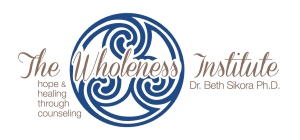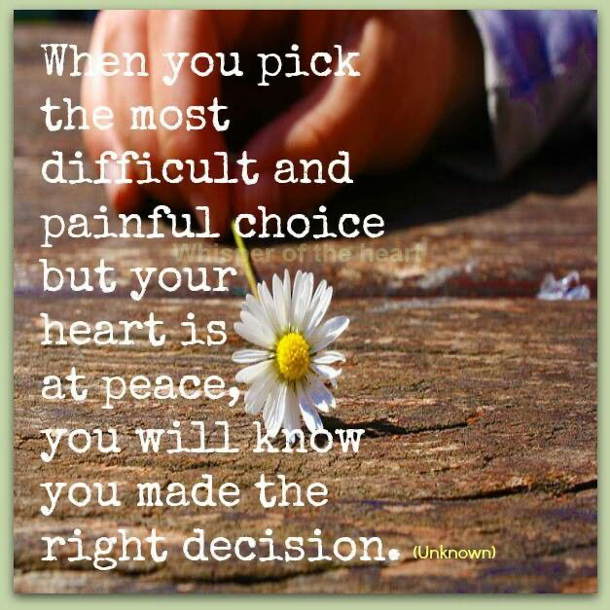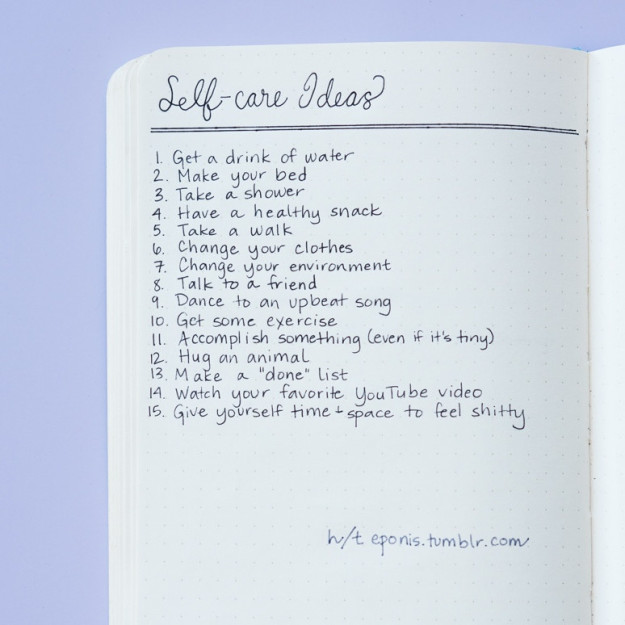
Is your holiday season different this year? Maybe you must work and can’t be at events with family or friends. Perhaps you are feeling depressed and anxious already, and as you are learning to manage it, with holidays upon you, you are feeling you’ll never get hold of the emotions. It’s possible someone close to you died this year, and the point of holidays seems removed from you. Or maybe you are struggling with an illness and so the thought of holidays, food, or get-togethers just isn’t as important to you as you deal with the illness. Whatever may be different this year for you, perhaps we can simplify it a bit and make your holidays not just manageable but truly meaningful.
1 Breathe In, Breathe Out: Finding Calm Amidst the Chaos
Keep calm and take 3 deep, slow breaths.
So, the idea here is to just stop – slow down – breath. For those of you who have anxiety, pain, or need to take a bit more time, I love this practice and recommend it regularly. For the breaths:
- Breath in slowly through your nose to the count of 4.
- Hold that breath to the count of 7.
- Release the breath slowly to the count of 8.
2 Perfectionism: Letting Go of Unrealistic Expectations
Consider alternative, stress-free ways for gift-giving, especially if you’re facing health challenges, financial constraints, or a lack of shopping energy. Opt for online orders, catalog browsing, or thoughtful gift cards that can be easily purchased through your computer, tablet, or a simple phone call. Another heartfelt approach is sharing homemade treats or creating personalized gifts, such as notes of appreciation or cherished memories. These gestures can forge connections and bring joy without the need for extensive shopping expeditions.
You can get creative. Check out Pinterest for ideas. Ask your friends for their thoughts or what they’ve done. The goal here is to keep it simple and low stress whatever you choose to purchase or make.
4 Downtime: The Secret Ingredient to a Balanced Holiday
While prioritizing rest may seem mundane, it’s a crucial step, especially when combating fatigue. Fatigue impairs our ability to navigate life effectively. Mental Health America emphasizes that rest isn’t just about regaining energy; it regulates hormones, aids muscle repair, enhances cognitive functions, and acts as a buffer against depression and headaches. Consider the wisdom of our canine companions—experts at ensuring they get the rest they need. As a dog owner, I’ve learned from my dog’s trainer that downtime is essential for both the pet and owner relationship. Just as my dog needs it to relax, I need it to maintain a sense of control and well-being. Therefore, for your own sake, prioritize and book your downtime first.
5 Feelings: Acknowledging and Embracing
Navigating holiday emotions can be challenging when there’s pressure to be constantly cheerful. However, acknowledging and processing your true feelings is essential for a smoother journey through this season. Whether through journaling, confiding in a friend, talking to a therapist, expressing yourself through art, or simply recognizing your emotions, taking these steps helps you own and understand your feelings. Avoiding emotions only delays their expression and may lead to unintended outbursts. Devote just five minutes to journaling or quiet reflection—it can make a significant difference in overcoming emotional bottlenecks.
6 Mindful Consumption: Balancing Indulgence and Wellness
While indulging during the holidays is common, it’s crucial to maintain balance. Remember to stay hydrated, incorporate exercise or walks, limit sugars and alcohol, and uphold your usual vitamin and self-care routines. Even one day of following these guidelines contributes to better overall health. If dealing with addiction, prioritize sobriety, considering extra meetings if needed. Explore available support during Christmas, as many areas offer 24-hour meetings for those struggling. The holiday season isn’t about the quantity of challenges but how we carry them. Embrace spiritual practices, whether through reading, meditation, or attending religious services, to stay grounded. Take time for rest, reflection, and connection with your spiritual beliefs, fostering a sense of peace and vitality. Ensure a day of rest, reflecting on gratitude and spiritual connection, throughout the holiday season. Prioritize self-care amidst the week’s hectic pace, approaching each day in December with a focus on your well-being rather than conforming to perceived expectations.
7 Spiritual Connection: Nourishing the Soul
Don’t forget to take time to connect with and nurture your soul. Whether it’s meditation, reading a spiritual book or the Bible, or taking a walk in nature, feed your soul during this hectic season. Sometimes when the holidays get hectic, we forget to pray and ask for guidance. We tend to put God on a shelf because we would rather be getting things done rather than praying about what needs to be done. But God will never be outdone in generosity. Give time to prayer and meditation and you’ll be amazed at what you can accomplish.
As we embark on this journey together, remember that the holidays are not about the challenges we face but how we live through them. Join us in creating a season of simplicity, mindfulness, and genuine joy. Stay tuned for insights, tips, and a sprinkle of inspiration to make this holiday season your most meaningful one yet.
Take care,
Dr. Beth




























